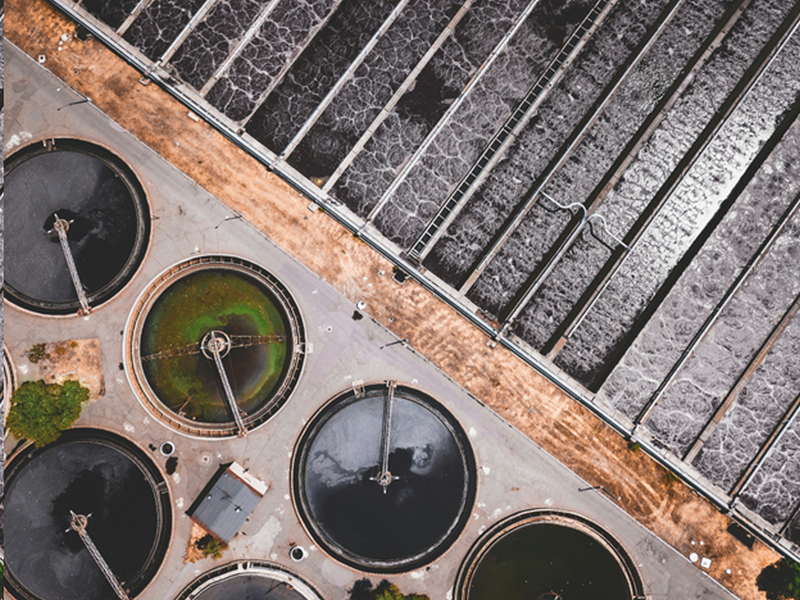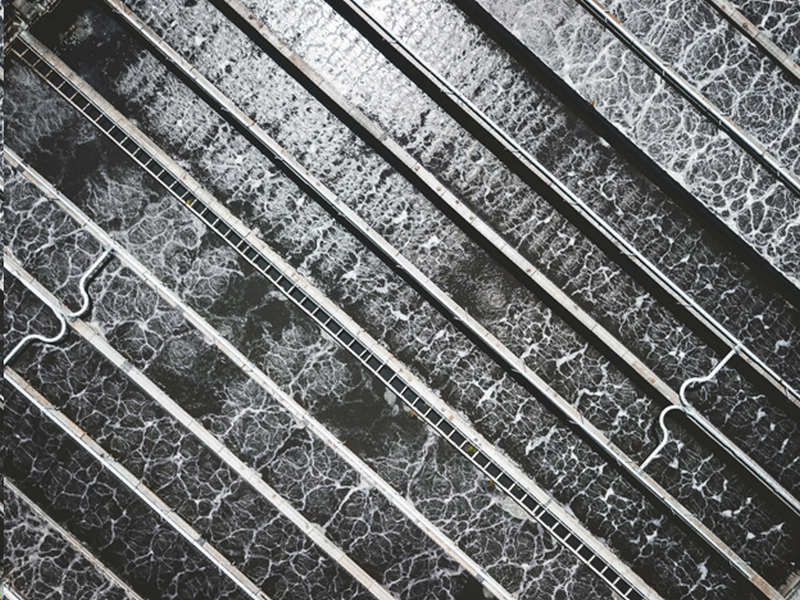The main role of a wastewater treatment plant is to protect both humans and the environment from any of the harmful elements that might be found in wastewater. And being that wastewater is considered anything that goes down the drain in a home, business or as part of an industrial process, there’s a lot that enters a treatment facility on any given day, in any given hour.
A key aspect of properly cleaning the wastewater is “screening” it. In fact, screening is the first thing that’s often done with the water that enters a wastewater treatment plant. Wastewater screening is critical for maintaining efficiency and effectiveness in the wastewater treatment process. In this post, we’ll take a closer look at the importance of screening, how wastewater screens work and their overall impact on water quality. Read on to learn more about the role of wastewater screening in the water treatment process:
What is Wastewater Screening?
Simply put, wastewater screening is the process of removing any objects that have either polluted or infiltrated the wastewater. These often include the likes of rags, papers, plastics, metals, plant debris, textiles and more. Screening doesn’t just remove these heavy items from the process to help successfully treat water, but it can also help limit the wear and tear on much of the equipment and machinery that’s designed to clean the water. Screening and removal of said items can also help streamline further wastewater processing.
Depending on the type of treatment facility, there may be multiple levels of screening, where spacing begins high and then becomes ultra-fine throughout the treatment process. It’s worth noting that screening is different from grinding, another key process in treatment. Grinders work to trap and cut remaining solids into a consistently small particulate size, while screens are designed to remove solids from the system at the start of processing.
Types of Wastewater Screens

There are a few different types of screens that a wastewater solutions provider may administer. Here’s a closer look at some of the various types of screens that you might find in a treatment plant:
1. Wastewater bar screens
Bar screens are available in both manual and automatic styles. Though manual bar screens are becoming less common in wastewater treatment facilities, automatic bar screens are quickly becoming the standard. Automatic bar screens tend to be placed upstream and are designed to remove solids that range from medium to large in size. Bar screens significantly reduce the load of water sent to wastewater treatment plants by removing large solids.
2. Wastewater band screens
Band screens are vertically shaped curtains that are designed to remove all types of debris. They’re best used for removing fine debris and are usually placed further downstream of other types of screens for solid removal.
3. Coarse screens and fine screens
Coarse screens are designed to remove large solids from wastewater, while fine screens are designed to remove smaller particles. Coarse screens often have openings of 6 millimeters or larger, while fine screen openings range from 1.5 mm to 6 mm. Very fine screens, with openings ranging from 0.2 mm to 1.5 mm, are also available and often placed further downstream.
4. Other types of screens
Various other types of wastewater screens may be used in treatment processes. These include wastewater rake screens, wastewater climber screens and wastewater rope screens, among others. The types of screens play a key role in the wastewater treatment process.
The Impact of Screening on Water Quality
Screening has always been important in wastewater treatment because any solids need to be eliminated from the waste stream. The presence of solids doesn’t just contaminate wastewater, they also pose a major threat to downstream equipment and can impact the effectiveness of overall treatment. If proper screening isn’t carried out, the environment and greater ecosystem may be adversely impacted. This can reflect poorly on your treatment process, not to mention cause harm to the local environment.
How a Wastewater Solutions Provider Can Help You with Screening
Screening is an important step in the overall wastewater treatment process – and it’s imperative to get this step right, both for the sake of the water quality and for protecting and preserving any downstream equipment. A good wastewater solutions provider can help pair your firm with the right screening solutions to accomplish both. From coarse screens to fine screens, bar screens to rake screens, a good provider can consult on the right solutions for any treatment process or treatment facility to ensure that any screening is both efficient and effective.
Article Submitted By Community Writer




